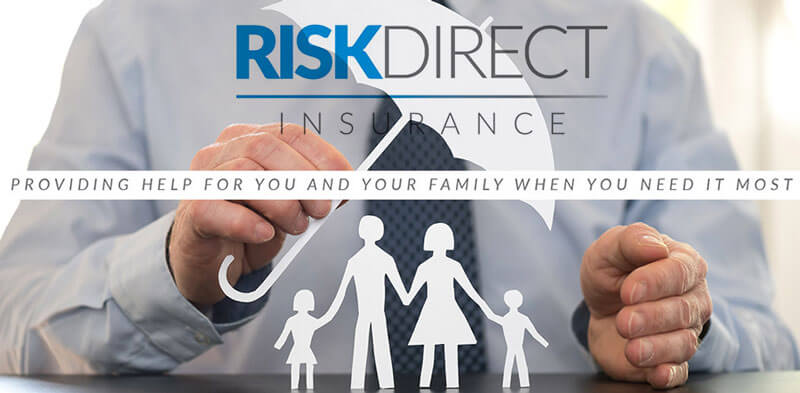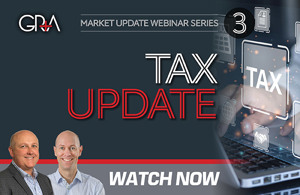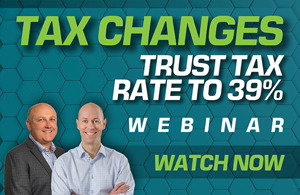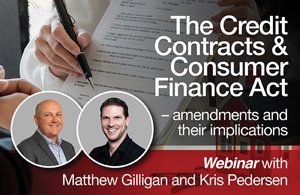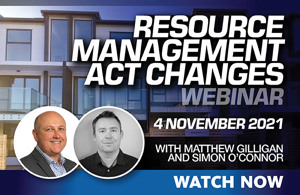
This blog is a follow-up on my October blog about the new top individual tax rate.
On 7 December 2020, the Labour Government passed legislation to implement the higher individual tax bracket of 39% for income over $180,000. This comes into effect in 2021/2022 income year (which is 1 April 2021 for most people).
As noted in October, this new tax rate gives an advantage to people with business or asset income over $180,000 trading via structures involving trusts and companies, rather than in their personal names. The trust tax rate is 33%, so a dividend paid from a company to a trust requires an extra 5% of tax to be paid. If this dividend is instead paid to an individual earning over $180,000, it’s an 11% difference.
A couple of unexpected points about the legislation have been flying somewhat under the radar, but they are important to note:
1. Trust information: Trusts must include extra information in their annual tax returns, which will increase their compliance costs. This includes but is not limited to:
• The amount of any distributions, and the details of the beneficiaries who receive them (including the name, date of birth, jurisdiction of tax residence, and IRD number)
• The amount and nature of each settlement made on the trust
• The IRD may request this information retrospectively from the 2013-14 tax year onwards.
Important point:
Although there is increased compliance, in most instances it does not bring into question the advantages of trusts. Apart from having a lower tax rate than the new top individual rate, trusts provide excellent asset protection and estate planning benefits that, in our opinion, far outweigh the costs of compliance should you suffer a left field event. (Losing your house and other assets to a creditor, for example, will be a significantly greater loss than the extra annual tax compliance costs you may incur because of the new legislation.)
2. Fringe benefit tax: There have also been changes to fringe benefit tax rates, which will affect businesses providing cars, health insurance etc to employees. The single rate is increasing from 49.45% to 63.93%, but the surprise is that the alternate rate is increasing from 43% to 49.25%. Fringe benefit tax is already a tricky area, so talk to your tax adviser about how this affects you.
Following on from this, I reiterate below what I said in my previous blog:
Now is an opportune time to ensure your affairs are structured in the best possible way for both asset protection and tax – if you do not address this now, you may end up paying a lot more tax than is necessary.
It makes good sense to legally maximise the deductions you are entitled to and to periodically review your structures to ensure they are appropriate for your current circumstances and the prevailing environment. If you set up your structures several years ago, they will almost certainly need to be updated – structures need to change as the times and legislation change. The impending new tax bracket is the perfect trigger to do this.
However – and this is very important – any changes you make must be dealt with extremely carefully in order to stay clear of anything that could be construed as tax avoidance. You should seek specialist advice around this. Talk to your expert tax adviser about what, if any, changes you should (and legally can) make to your current structure.
If you have any questions or would like a review of your structure, contact your GRA Client Services Manager. Or, or if you are not a GRA client, book a meeting with one of our senior consultants to see how we can help. (The first meeting is free if you are new to our practice.) Ph +64 9 522 7955 or [email protected].

John Rowe
Director/Partner
Did you like this article? Subscribe to our newsletter to receive tips, updates and useful information to help you protect your assets and grow your net worth. We're expert accountants providing expert advice to clients in NZ and around the world.
Disclaimer: This article is intended to provide only a summary of the issues associated with the topics covered. It does not purport to be comprehensive nor to provide specific advice. No person should act in reliance on any statement contained within this article without first obtaining specific professional advice. If you require any further information or advice on any matter covered within this article, please contact the author.
Comments
Testimonials
When we started with GRA we werent certain of the benefits they could provide us. However they quickly unravelled our complex situations with multiple companies and structured our businesses so that we received maximum personal protection and minimised our tax liabilities. They have always been accurate on time thorough and available to answer our questions. Now six years after first moving to the team at GRA they have skilfully guided us to a future that looks amazing. It is with confidence we make decisions knowing our interests are protected by an outstanding group of modern forward thinking professionals. Their guidance has been invaluable and we can thoroughly recommend GRA - Dougall Love and Janice Knowles - June 2017
Gilligan Rowe and Associates is a chartered accounting firm specialising in property, asset planning, legal structures, taxation and compliance.
We help new, small and medium property investors become long-term successful investors through our education programmes and property portfolio planning advice. With our deep knowledge and experience, we have assisted hundreds of clients build wealth through property investment.
Learn More








